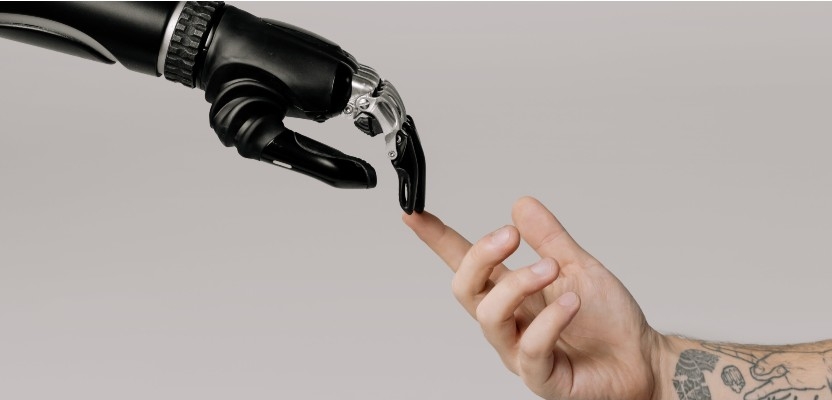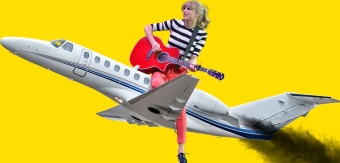With Artificial intelligence (AI) and its effect on the creative industries at the forefront of current debates, this article aims to take a step back to approach this complex but increasingly pertinent relationship from an angle that hasn’t yet been discussed widely: diversity and access to opportunities.
Creatives with diverse backgrounds are now prevalent throughout the industry, and inclusive representation is considered non-negotiable in the ever-essential need to appeal to a global audience. Despite this, for those at the bottom of the industry, its initial rungs still seem remote and difficult to break into.
Here, I will delve into how several businesses are leveraging assistive AI to remove obstacles for the next generation of artists, musicians, and filmmakers - businesses that believe now is the time to integrate these principles directly into the creative pipeline, from the performers on stage to the post-production teams working diligently to bring imaginary worlds to life.
A Group Effort
As you may expect, films, television series, adverts and games aren’t, for the most part, creations of a writer or director working on their own. Instead, it is the result of multiple concurrent lines of work, each carried out by talented professionals with distinctive insights and backgrounds.
In this context, broadly reimagining the visibility and diversity of the industry production pipelines seems long overdue - a diverse backstage and post-production team ensures that a wide variety of voices and perspectives have a say in the creation of the content from top to bottom, adding a tangible richness to the final product.
Unfortunately, in today’s world, implementing change here can pose some profound challenges. Opportunities within the industry are often scarce, and the path to success is littered with obstacles. For many aspiring, talented creative individuals out there right now, stepping into the industry is by no means an easy task, with high costs of training and education coupled with the uncertainty of job prospects.
This can, tragically, cause many to be put off entirely. Of course, on the other side of the equation, for creative studios/businesses, the task of searching for and fostering new talent while staying within budget is an increasingly delicate balancing act.
An Artificial Solution
There is a solution on the horizon, one that blends cutting-edge technology with increased accessibility: Artificial Intelligence (AI). With a proven potential to democratise opportunities for programmers, developers, and producers worldwide, these days we are all aware of AI’s ability to generate efficiencies in the production process, revolutionising almost any industry as we know it.
In general, AI-powered platforms are much more than just novel technologically advanced toys for tech-savvy creators. They bring a wealth of options to the table, from revolutionary image generation software such as Midjourney, to music licensing platforms like SphereTrax, as well as other composition, modelling and editing tools.
The efficiencies these platforms create go beyond time and cost-saving measures; when automating the daily repetitive, prolonged, and often costly tasks, these platforms free up resources that companies can then, of course, divert towards more forward-thinking and innovative ideas – perhaps in this case by investing in new, undiscovered talent?
More importantly, these types of AI platforms are directly improving the ways that this talent navigates the industries in which they work. By providing both access to highly advanced creative workflow tools and direct connections to high-quality, global clients, artists and creatives can effectively operate from anywhere in the world.
This level of accessibility has the potential to shake up the production landscape as we know it, breaking down the traditional barriers to industry entry such as location, finances, education, and even physical limitations like disabilities and health conditions.
An Unhindered Global Workforce
As you can probably imagine, the positives to these cutting-edge platforms could be far-reaching. A global workforce, unhindered by the usual restrictions, could lead to an improvement in diversity within the industry.
Access becomes a non-issue when the tools of the trade can be used from anywhere and truly authentic talent can be discovered within seconds using the power of cutting-edge assistive AI algorithms.
Change can emerge as both fearsome and electrifying. Thanks to AI, industries are becoming more approachable, varied, and effective, providing unprecedented access for traditionally under-represented groups and undiscovered talent.
Platforms offering assistive AI-powered creative-focused applications are paving the path forward for an industry that prioritises representation, productivity, and most importantly, unmistakable human artistic expression.




